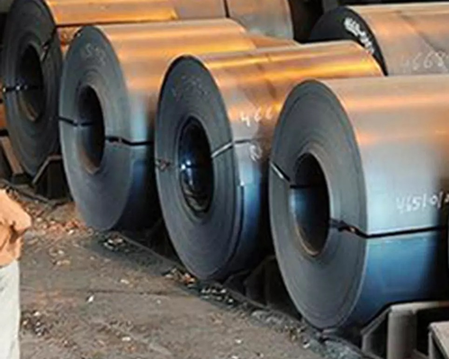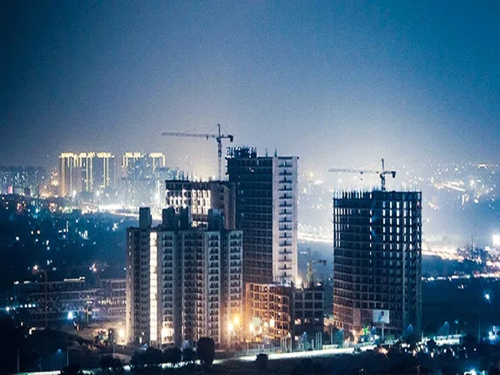Mumbai, 26 June (IANS). India’s steel industry is moving rapidly towards the government’s target to achieve the capacity of 300 million tonnes per year (MTPA) crude steel by financial year 2030-31. This information was given in a private sector report released on Thursday.
The report states that the growth rate of steel production in India has overtaken both China and the global average. Between 2016 and 2024, India registered a CAGR of about 5 percent, while it was 2.76 percent for China and 1.77 percent globally.
The report stated that in particular, while China’s steel production has been declining since 2020, India filed a quick CAGR of 8 percent during this period. This growth underlines India’s growing importance in the global steel industry.
According to the report of MP Financial Advisory Services LLP (MPFASL), by FY 2024-25, India has gained 205 MTPA capacity, followed by the proposal expansion plans of 167 MTPA by major steel companies by 2031. However, the region is facing many challenges.
The report further states that India’s steel consumption is expected to increase rapidly as India is accelerating investment in infrastructure, affordable housing and manufacturing. India’s steel consumption is currently 93.4 kg per person per capita compared to 219 kg.
This consumption will require adequate increase in the ability to create steel to bridge this consumption, which will strengthen the strategic need to achieve the target of 300 million tonnes of raw steel capacity.
The report stated that although there are challenges, the target of 300 MTPA steel capacity by 2030–31 will be achieved through multi-faceted strategy, depending on five important levars.
Inspired by rapid growing industrialization and infrastructure leading growth, India’s steel production has increased in recent years, which has been established as the second largest steel producer after China worldwide, which is more than 50 percent of the world’s production.
Currently, the world’s second largest steel producer, India, is carrying forward this change amidst the demand for strong infrastructure and policy support.
-IANS
SKT/






